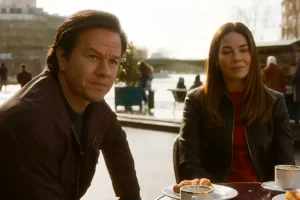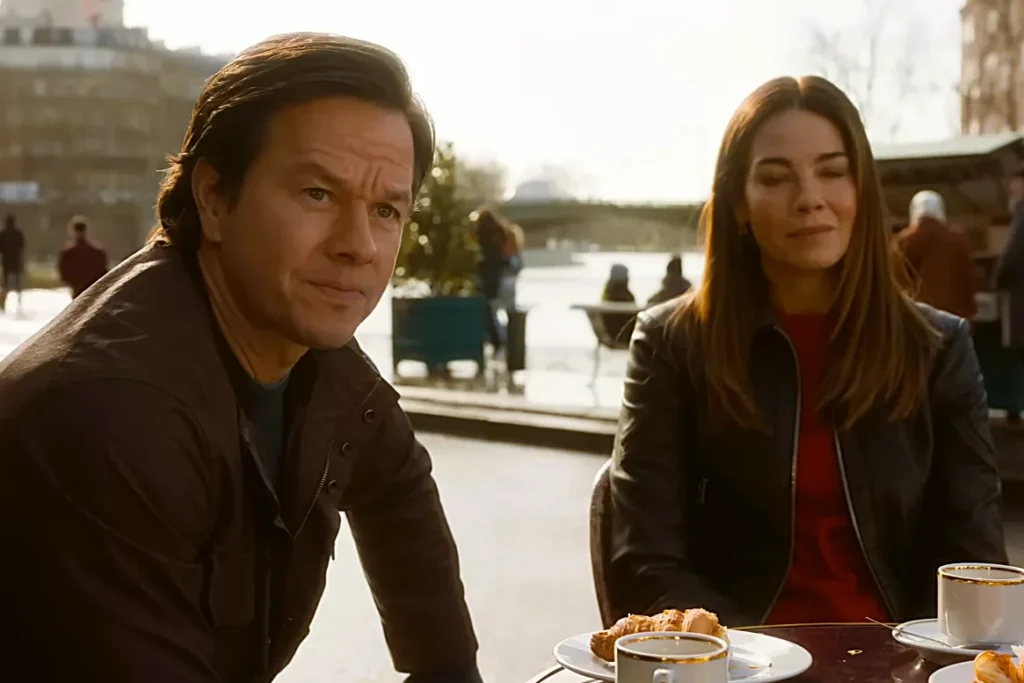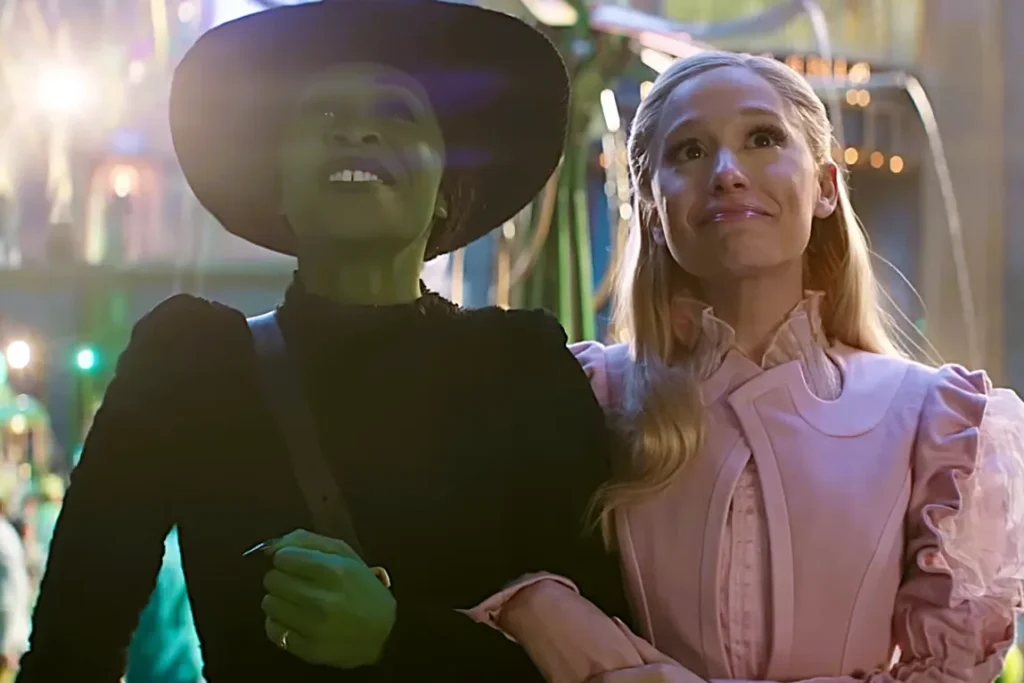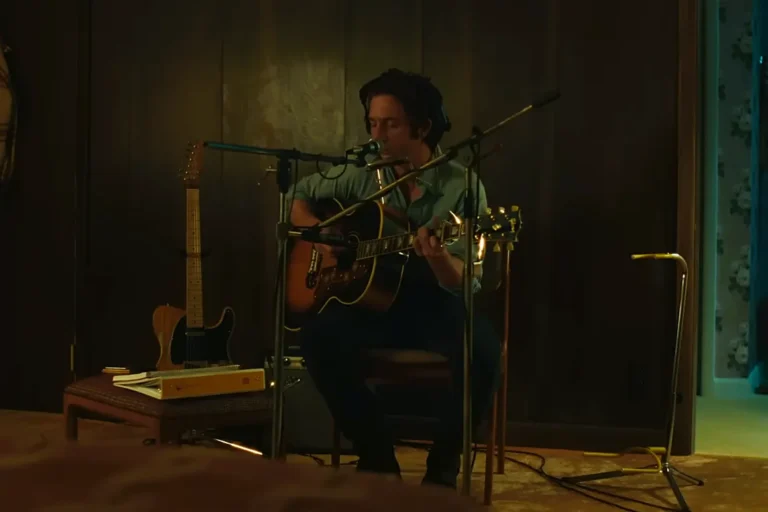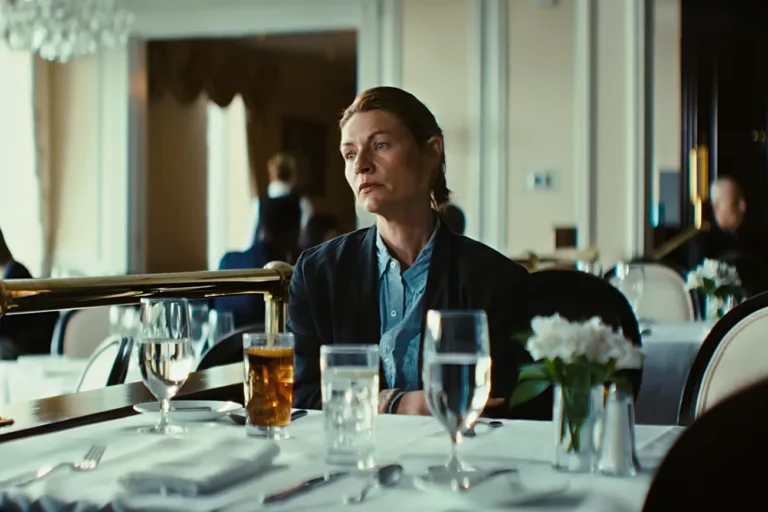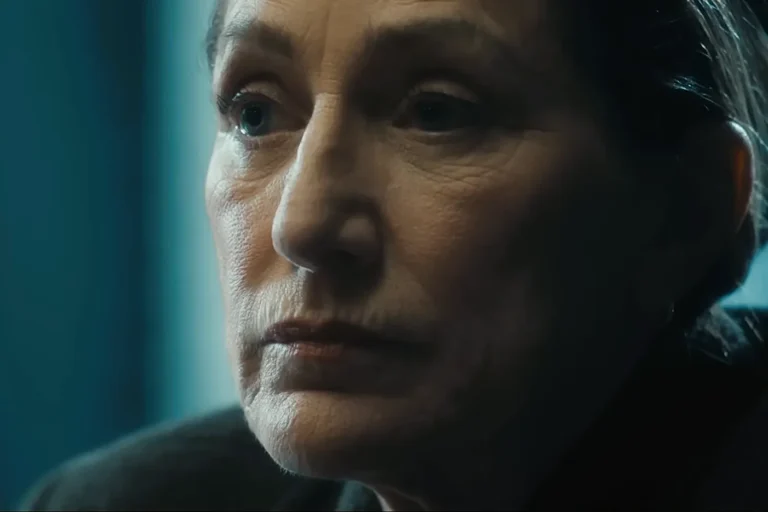Summary:
-
In Last Samurai Standing, Kawaji’s true plan is revealed: Kodoku is designed to wipe out samurai and clear his path to power.
-
Shujiro finally defeats Bukotsu, closing their brutal rivalry.
-
Kyojin’s betrayal and Gentosai’s mission shift the story’s direction for a possible season 2.
The season finale of Last Samurai Standing packs in everything the series promised — relentless duels, political intrigue, and a few well-timed betrayals. By the final minutes of episode 6, the Kodoku competition becomes secondary to a larger conspiracy involving Kawaji, the government, and the future of Japan. At the same time, Shujiro faces a brutal showdown that settles one feud but exposes a much bigger threat waiting ahead.
What Happens in the Last Samurai Standing Finale?

The ending pulls together the two threads the season has been building toward: the personal rivalry between Shujiro and Bukotsu, and Kawaji’s hidden political agenda. Shujiro confronts Bukotsu in the episode’s centerpiece duel a violent fight staged among exploding fireworks that mirrors their first clash years earlier. This time, Shujiro finishes the job, killing Bukotsu and ending the revenge cycle that drove much of the season.
Outside the arena, Kawaji’s plan finally comes into full view. As Superintendent-General of the police, he has been using Kodoku as a way to eliminate samurai people he views as outdated, dangerous, and incompatible with the industrial, government-controlled Japan he wants to build. The finale confirms what earlier hints suggested: he intends to seize political power, and he’s willing to kill the Home Minister and betray allies to get it.
With the Kodoku spectacle keeping the public distracted, Kawaji’s coup unfolds quietly but efficiently. In the last scenes, Shujiro spots him fleeing the murder scene in a carriage, setting up the larger fight the story is moving toward.
READ MORE: Does Now You See Me 3 Include Any Mid- or Post-Credit Scenes?
Why Did Kawaji Want the Samurai Dead?

For Kawaji, samurai represent everything he believes Japan must move past. Their fighting skills, independence, and rigid honor codes threaten the centralized police-state vision he wants to enforce. In his mind, the most efficient solution is to gather the remaining samurai under the guise of competition and let them destroy each other.
Kodoku isn’t entertainment — it’s population control. Every death helps Kawaji remove what he sees as a destabilizing class. Every victory solidifies his political narrative. And every spectacle gives the elite supporters funding him a show that justifies their investment. The finale makes clear that Kawaji’s ambitions stretch far beyond the Kodoku arena.
READ MORE: The Running Man Cast: Who Plays Who in Edgar Wright’s Thriller?
Why Shujiro and Bukotsu Were Destined to Clash

The rivalry between Shujiro and Bukotsu has been simmering from the first scene, but the finale finally reveals its full history. They fought in the battle shown in the show’s opening minutes. Shujiro believed he had killed Bukotsu back then — instead, Bukotsu survived, was imprisoned, and descended into obsessive rage.
When Kawaji’s enforcer Hanjiro freed him, Bukotsu entered Kodoku with a singular goal: kill Shujiro. His brutality escalated throughout the competition, making the final duel inevitable. Shujiro killing Bukotsu resolves one of the season’s most emotional threads, but it also removes the most obvious threat — making room for deeper, more strategic dangers to rise.
READ MORE: How to Watch Wicked For Good: Showtimes and Streaming Details
Is Kyojin Really an Ally? The Twist Explained

Kyojin spends the season as an intelligent, seemingly trustworthy strategist who aids Shujiro, Futaba, and Iroha. But the finale flips everything. His conversation with Gentosai exposes the truth: Kyojin wasn’t helping Shujiro out of loyalty — he was managing outcomes to satisfy his own goals.
When he says, “I even gave you their location,” it’s clear he orchestrated attacks on Shujiro’s group. His actions aren’t aligned with Kawaji, nor are they fully opposed to him. Kyojin enjoys the chaos of Kodoku itself. The game fascinates him, and he wants control over how its pieces move. That makes him far more dangerous than a simple villain or ally — he’s unpredictable, invested in the spectacle rather than the outcome.
Season 1 ends without revealing his true motives, but it leaves no doubt: he’s not on Shujiro’s side.
READ MORE: Why Fans Are Calling Bat-Fam “The LEGO Batman of Prime Video”
Who Is Gentosai and Why Is He Hunting Shujiro’s Siblings?

Gentosai’s role is tied to Shujiro’s past. He’s the enforcer of their former master a man who once forced his students into their own deadly Kodoku-like contest. Only one student was allowed to survive. Anyone who fled would be hunted down and killed to “preserve the school’s teachings.”
Shujiro and his adopted siblings escaped, breaking the rules of their master’s violent philosophy. Gentosai’s mission is to finish what he was ordered years ago: eliminate the runaways. The finale shows he’s still committed to that mission, and his connection to Kyojin only deepens the threat. He’s not a pawn in Kawaji’s plans he’s a remnant of the old world who refuses to let go.
READ MORE: Everything We Know About Altered (2025): Release Date, Plot, Cast
How Does the Finale Set Up a Potential Season 2?

Several threads clearly point toward a bigger, more political season if Netflix chooses to renew the series. Shujiro’s new mission extends far beyond survival he now understands there’s a state-level conspiracy involving Kawaji and a plan for national control. His promise to reach Tokyo isn’t just about winning Kodoku; it’s about confronting the man reshaping Japan’s future.
Meanwhile, Kyojin’s deception guarantees that alliances will fracture. The team that carried Shujiro through season 1 can no longer assume they know who to trust. And Gentosai remains alive, still targeting the siblings, giving the story a deeply personal danger to match the political one.
Kawaji himself makes it clear that Kodoku will “grow more entertaining” as it moves closer to Tokyo. That line is less of a tease and more of a warning: the competition is nowhere near over, and its next stage will be far deadlier, more chaotic, and more tightly intertwined with Japan’s fate.
Stay updated with the Latest News and Stories, follow us on our social media platforms.
You can follow us on:
Nerdveda is Popculturexp on X
Stay Connected!! Join our Whatsapp Channel



